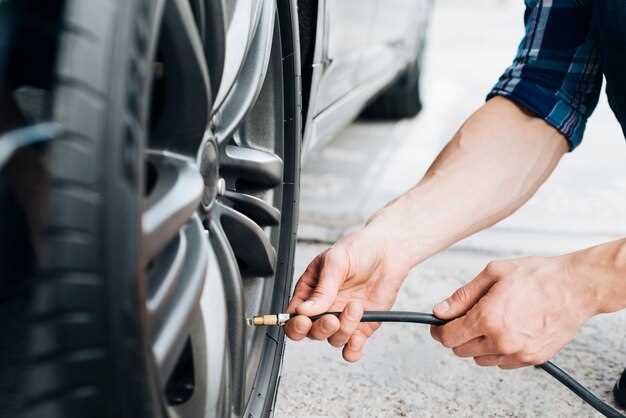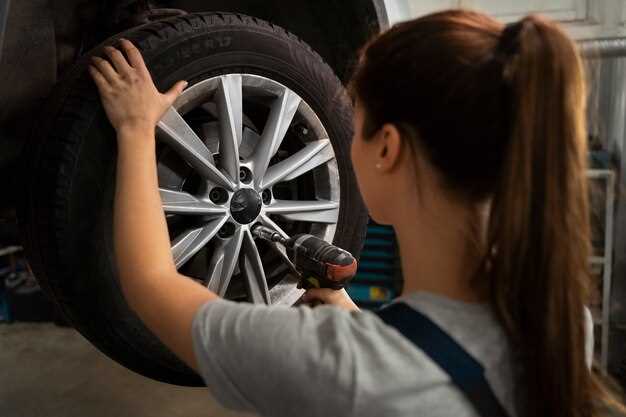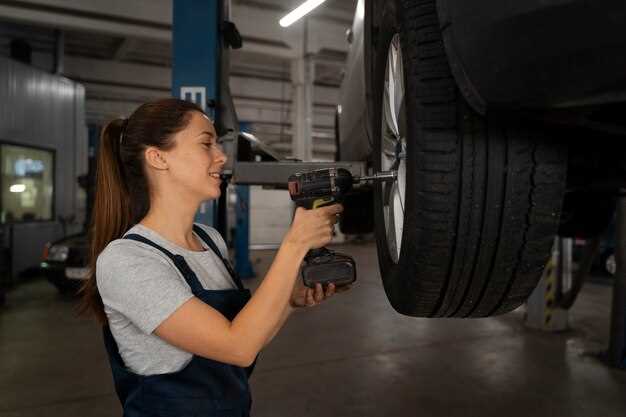
Tires are the only point of contact between your vehicle and the road, making them a critical component for safety. Over time, tires experience wear and tear that can significantly impact your vehicle’s performance, handling, and safety. Understanding when to replace your tires is essential not only for maintaining your vehicle but also for protecting yourself and your passengers from potential hazards.
Various factors contribute to the degradation of tires, including road conditions, driving habits, and the climate. Regular inspections can help identify wear indicators such as tread depth, sidewall damage, and uneven wear patterns. Knowing the right signs will empower you to make informed decisions about tire replacement, ensuring that your vehicle remains safe and reliable under all driving conditions.
In this article, we will discuss the key indicators for when to replace your tires, including tread depth measurements and the importance of monitoring tire age. Furthermore, we will explore the implications of ignoring tire maintenance and how timely replacements can enhance your driving experience, fuel efficiency, and overall safety on the road. Stay informed to keep yourself and others safe while enjoying your journeys.
Understanding Tire Wear Indicators and What They Mean

Tire wear indicators, also known as tread wear indicators, are critical for assessing the condition of your tires. These indicators are small, raised sections of rubber found in the grooves of the tire tread. Their primary purpose is to provide a visual cue regarding the remaining tread depth and overall safety of the tire.
When the tread wears down to the level of these indicators, it signifies that the tire has reached its minimum tread depth, typically around 2/32 of an inch. At this point, the tire is no longer safe for use under wet or slippery conditions, as insufficient tread depth drastically reduces traction and increases the risk of hydroplaning.
Understanding the significance of tread wear indicators is essential for maintaining vehicle safety. Regularly inspecting your tires for these markers helps in timely replacements, preventing blowouts or loss of vehicle control. It is advisable to check tire wear indicators at least once a month or before long trips.
In addition to tread wear indicators, other signs of tire wear include uneven tread wear patterns, cracking, or bulging in the sidewalls. These issues can indicate alignment problems, improper inflation, or even defective tires. Addressing these concerns promptly can enhance overall vehicle performance and safety.
Monitoring tire wear is not just about safety; it also extends the lifespan of your tires. By replacing tires at the right time, you can ensure better fuel efficiency and a smoother driving experience. Always consult your vehicle’s manual for specific recommendations regarding tire maintenance and replacement intervals.
Signs That Suggest You Need New Tires Soon

Identifying when your tires are due for replacement is crucial for maintaining vehicle safety and performance. Here are some key indicators that suggest it’s time to consider new tires.
First and foremost, check the tread depth. A simple method to assess this is the penny test. Insert a penny into the tire tread with Lincoln’s head facing down. If you can see the top of Lincoln’s head, your tread is too shallow, and it’s time to replace the tires. Ideally, tires should have at least 2/32 of an inch of tread remaining.
Another sign is uneven wear patterns on the tire surface. Inspect your tires for bald spots or areas where the tread is significantly worn down compared to the rest of the tire. This could indicate improper alignment or inflation issues and suggests the need for new tires.
Pay attention to vibrations or a pulling sensation while driving. If you experience unusual vibrations that aren’t linked to road conditions, this might be a sign of tire damage or imbalance. Additionally, if your vehicle pulls to one side, it could indicate uneven wear, necessitating a tire replacement.
Inspect for visible damage such as cracks, bulges, or blisters on the tire’s sidewalls. These imperfections compromise the integrity of the tire and can lead to blowouts. If you notice any of these issues, it’s advisable to replace the tire as soon as possible.
Finally, consider the age of your tires. Most tire manufacturers recommend replacing tires every six years, regardless of tread wear. Even if the tread appears sufficient, rubber degrades over time, which can diminish performance and safety. Always check the manufacturing date marked on the tire sidewall.
When to Consider Seasonal Tire Changes for Optimal Safety
Seasonal tire changes are crucial for maintaining optimal safety and performance. The best time to consider switching your tires hinges on local climate conditions and temperature fluctuations. Generally, it is advisable to change to winter tires when temperatures consistently drop below 45°F (7°C). Winter tires are engineered with special rubber compounds that remain flexible in cold temperatures, providing better traction on icy and snowy roads.
Conversely, transitioning to summer or all-season tires should be considered when temperatures reach above 45°F (7°C). These tires are designed for stability and optimal performance in warmer conditions, offering better handling and shorter stopping distances on dry and wet roads. Waiting too long to make this switch may jeopardize safety, as summer tires can become too soft in hot weather, increasing the risk of blowouts.
In addition to temperature, consider the weather patterns in your region. If your area experiences fluctuating weather, you may want to implement a seasonal tire change schedule based on observed patterns or historical data. Regularly assessing tread wear is also vital; if your tread depth is worn down to 2/32 of an inch, it is time to replace your tires regardless of the season.
Maintaining the right tires for the season not only enhances safety but also improves fuel efficiency and driving comfort. Make it a habit to check the tread depth, tire pressure, and overall conditions at the start of each season to ensure your vehicle is equipped for optimal performance and safety on the road.

